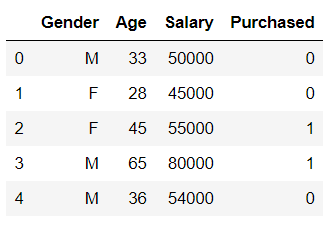
Standardized coefficients: The table of standardized coefficients (also called beta coefficients) are used, if the matrix containing the explanatory variables has not been centered, to compare the relative weights of the variables.

Model parameters: This table gives the value of each parameter after fitting to the model

Number of values tested: Enter the number of λ values that will be tested during the cross validation.Number of folds: Enter the number of folds to be constituted for the cross validation.Otherwise, enter the value you want to assign to the parameter λ. Lambda: Activate this option if you want to calculate the parameter λ by cross validation. Enter manually: Activate this option if you want to specify the accrual parameter λ.A single subsample is retained as the validation data to test the model, and the remaining k-1 subsamples are used as training data. Data is partitioned into k subsamples of equal size. This option allows you to run a k-folds cross-validation to obtain the optimal λ regularization parameter and to quantify the quality of the classification or regression depending on it. Cross-validation: Activate this option if you want to calculate the λ parameter by cross-validation.Model parameters: this option allows you to choose the method used to define the regularization parameter λ. Options of the LASSO Regression in XLSTAT

The main advantage of LASSO regression is its ability to perform variable selection, which can be valuable when there are a large number of variables. LASSO regression is one of the methods that overcome the shortcomings (instability of the estimate and unreliability of the prediction) of linear regression in a high-dimensional context. The high-dimensional context covers all situations where we have a very large number of variables compared to the number of individuals. It is an estimation method that constrains its coefficients not to explode, unlike standard linear regression in the high-dimensional field. The LASSO regression was proposed by Robert Tibshirani in 1996. LASSO stands for Least Absolute Shrinkage and Selection Operator. Description of the LASSO Regression in XLSTAT


 0 kommentar(er)
0 kommentar(er)
